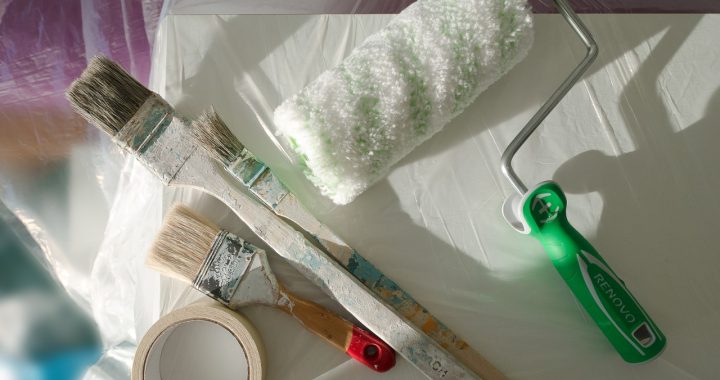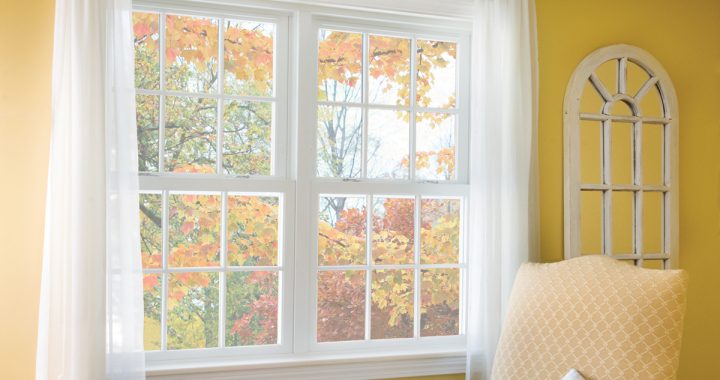What to Know Before Painting a Room
Do you dread painting the rooms of your home?
Compared to other home improvement projects, painting the interior of your home can be relatively inexpensive, create a huge positive impact, yet is often most the most dreaded of home improvement tasks.
Often it’s not just the physical act of painting the room, but selecting the color that makes many people sweat. A room’s paint color sets the tone for the whole room and impact future decorating decisions. The color of the walls can make or break that room’s look. Lighter, more neutral colors create a softer and more serene room. On the other hand, darker and bolder colors make a statement especially when in contrast.
J.C. Tonnotti offers painting services, but realizes that many homeowners choose to do-it-yourself. Here are four tips from our professional painters to keep in mind
Test The Paint Color
When you go shopping for paint, don’t just collect color slips: collect samples. In order to truly see how a color looks in a room, take home a sample (or multiple) and paint a small section on your wall. You will be able to see the color at all times of day in your room and therefore get a better idea of how it would look permanently. Compare colors or shades on the walls to determine what looks best. That way, you know you will be satisfied when the final color is chosen and painted on in full.
The Finish Matters
When considering color, don’t forget to consider the finish. Different finishes vary in application and functionality. A flat paint finish can conceal flaws on your wall but is vulnerable to damages. High gloss paint finishes can draw attention to flaws on your wall but can be cleaned easily and tend to last longer. Many people prefer an eggshell paint finish because it is both functional and looks good. It has enough of a gloss but is still durable enough that it can be cleaned easily and does not easily get damaged.
Prep Before You Paint
Paint can spill easily and ruin furniture and floors. Before any painting is done, clear all the space against the walls by moving furniture to the center of the room. If you can do so, move the furniture out of the room altogether. What’s left in the room should be covered in case of paint spills or drips.
Once the room is cleared, do a quick clean of the walls to make sure there is a clean surface to paint on. Dust, dirt, and other substances can accumulate over time. Wiping down the walls will ensure a better, smoother paint job.
And finally, use painters tape around your windows, doors, and moldings or ceiling. If you don’t have an incredibly steady hand or don’t know the appropriate amount of paint to put on a paint brush … painters tape will save from messes and frustrating edges.
Prep the Right Amount of Paint
Before you paint, you can better determine how much paint to use by calculating the square footage of the room and deciding how many coats are necessary. One coat will be enough if the walls are primed, but without any primer on the walls then two coats of paint may be needed. It is important to know how much paint to use to avoid over or under painting your walls.
When to Hire a Professional Painter
A quality, professional paint job can last longer than one done by an inexperienced painter. A proper paint job can withstand the wear and tear of everyday life and still look good while an inadequate one can create problems for the future.
 Many people hire our professional painters for our Old Yankee paint division simply because they hate painting. Others will hire our painters because they are want to paint multiple rooms in their house and would prefer to have a team of painters get through this home improvement project faster. However many people who are comfortable and confident about painting their home contact us when they realize that ladders and/or scaffolding is needed.
Many people hire our professional painters for our Old Yankee paint division simply because they hate painting. Others will hire our painters because they are want to paint multiple rooms in their house and would prefer to have a team of painters get through this home improvement project faster. However many people who are comfortable and confident about painting their home contact us when they realize that ladders and/or scaffolding is needed.
Paint projects are a big job and even with this knowledge, they can be difficult. If you’re considering a painting job in your home, consider hiring an experienced company – contact us for a quote.



